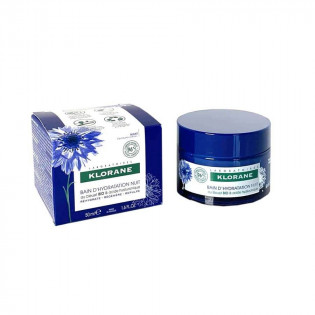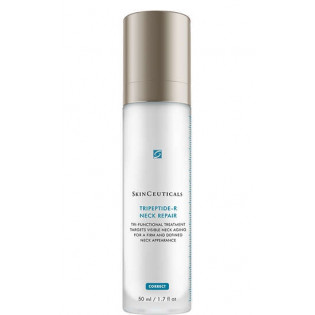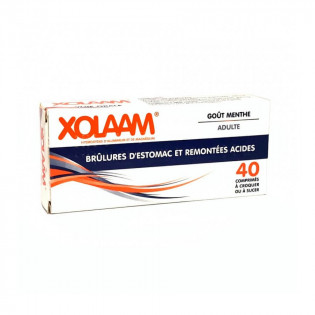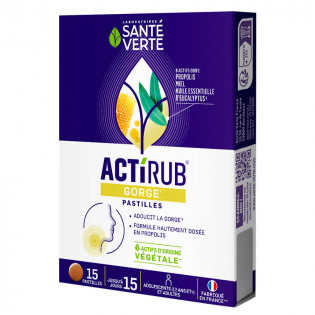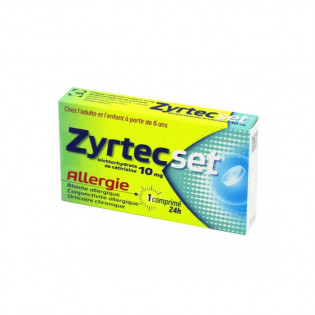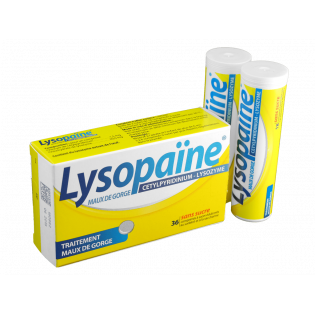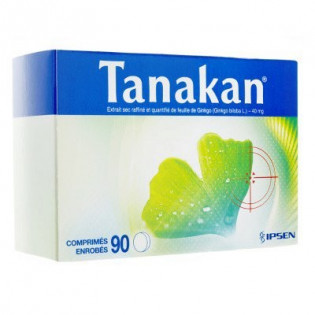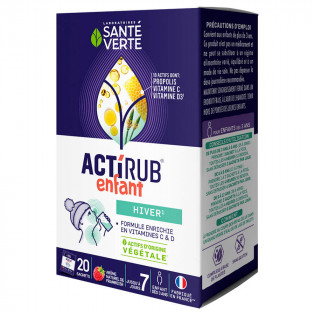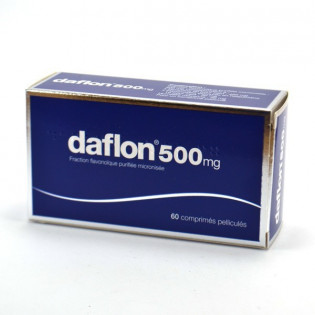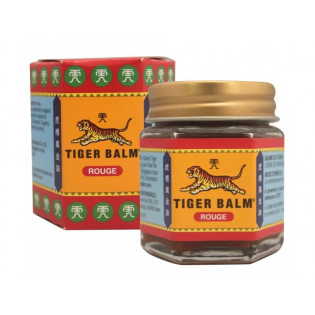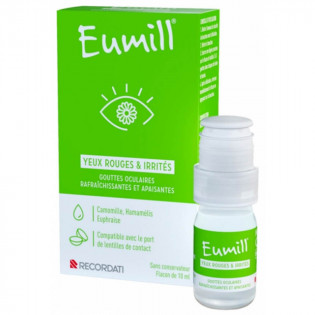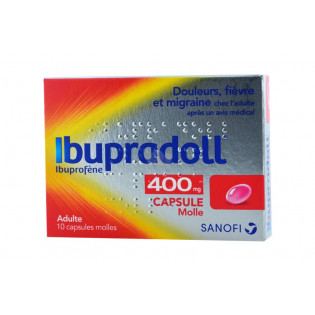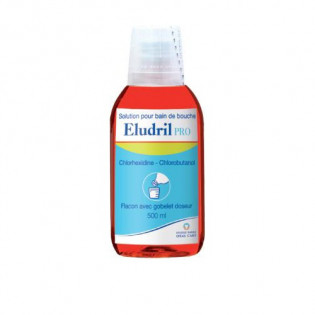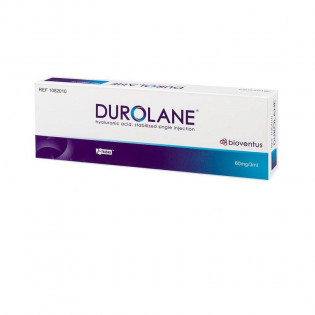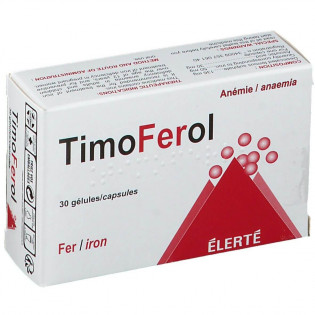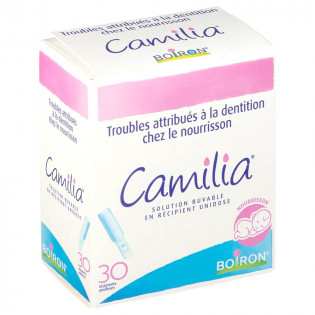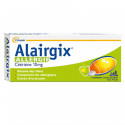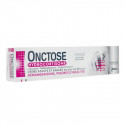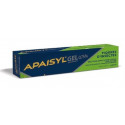Very few clinical data are available on pregnancies exposed to cetirizine. Animal studies have not revealed any direct or indirect adverse effect on gestation, embryonic and fetal development, parturition and postnatal development.
Caution is recommended when prescribing to pregnant or breast-feeding women because of the passage of cetirizine into breast milk.
CETIRIZINE MYLAN PHARMA: adverse reactions
Minor central nervous system side effects, including drowsiness, fatigue, dizziness and headache have been observed in clinical trials with cetirizine at the recommended dose. In a few cases, a paradoxical central nervous system stimulation effect has been observed.
Despite its selective antagonistic effect on peripheral H1 receptors and the relatively low anticholinergic activity, isolated cases of micturition difficulties, accommodation problems and dry mouth have been reported.
Liver function abnormalities with increased liver enzymes associated with increased bilirubin have been reported. Abnormalities have mostly resolved with discontinuation of cetirizine dihydrochloride therapy.
Clinical Trials
Over 3200 subjects exposed to cetirizine have been included in double-blind controlled clinical trials or pharmaco-clinical trials comparing cetirizine at the recommended dosage of 10 mg daily, placebo or other antihistamines, in which quantified safety data are available.
In this overall population, adverse events reported in placebo-controlled trials with an incidence of 1.0% or greater were as follows
|
Adverse Events
(WHO-ART)
|
Cetirizine 10 mg
(n = 3260)
|
Placebo
(n = 3061)
|
|
General health problems
Fatigue
|
1,63%
|
0,95%
|
|
Central and peripheral nervous system disorders
Vertigo
Headache
|
1,10%
7,42%
|
0,98%
8,07%
|
|
Gastrointestinal system disorders
Abdominal pain
Dry mouth
Nausea
|
0,98%
2,09%
1,07%
|
1,08%
0,82%
1,14%
|
|
Psychiatric disorders
Drowsiness
|
9,63%
|
5,00%
|
|
Respiratory disorders
Pharyngitis
|
1,29%
|
1,34%
|
Drowsiness was statistically more frequent than with placebo, but of mild to moderate intensity in the majority of cases. Objective tests, validated by other studies, have shown in young healthy volunteers that usual daily activities are not affected at the recommended daily dose.
Adverse reactions reported with an incidence of 1% or greater in children aged 6 months to 12 years included in placebo-controlled clinical trials or pharmaco-clinical studies are
|
Adverse Reactions
(WHO-ART)
|
Cetirizine 10 mg
(n = 1656)
|
Placebo
(n = 1294)
|
|
Gastrointestinal system disorders
Diarrhea
|
1,0%
|
0,6%
|
|
Psychiatric disorders
Drowsiness
|
1,8%
|
1,4%
|
|
Respiratory disorders
Rhinitis
|
1,4%
|
1,1%
|
|
Disorders of the general state
Fatigue
|
1,0%
|
0,3%
|
Post-Market Adverse Drug Reactions
In addition to the clinical trial adverse events listed above, isolated cases of adverse events have been reported since the product was marketed. For these less frequently reported adverse reactions, the frequency estimate (uncommon: ³ 1/1000 and < 1/100; rare: ³ 1/10000 and < 1/1000; very rare < 1/10000) is based on marketing data.
Hematologic and lymphatic system disorders:
Very rare: thrombocytopenia
Immune system disorders:
Rare: hypersensitivity
Very rare: anaphylactic shock
Psychiatric disorders:
Uncommon: agitation
Rare: aggression, confusion, depression, hallucination, insomnia
Very Rare: tic
Nervous system disorders:
Uncommon: paresthesia
Rare: convulsions, abnormal movements
Very Rare: dysgeusia, syncope, tremor, dystonia, dyskinesia
Eye disorders:
Very rare: accommodation disorders, blurred vision, oculogyric seizures
Cardiac disorders:
Rare: tachycardia
Gastrointestinal disorders:
Uncommon: diarrhea
Hepatobiliary disorders:
Rare: liver function tests abnormal (increased liver enzymes: transaminases, alkaline phosphatases, gamma-GT, and bilirubin)
Skin and subcutaneous tissue disorders:
Uncommon: pruritus, rash
Rare: urticaria
Very rare: angioedema, erythema pigmentum fixata
Kidney and urinary tract disorders
Very rare: dysuria, enuresis
General Disorders and Administration Site Conditions:
Uncommon: asthenia, malaise
Rare: edema
Investigations:
Rare: weight gain.
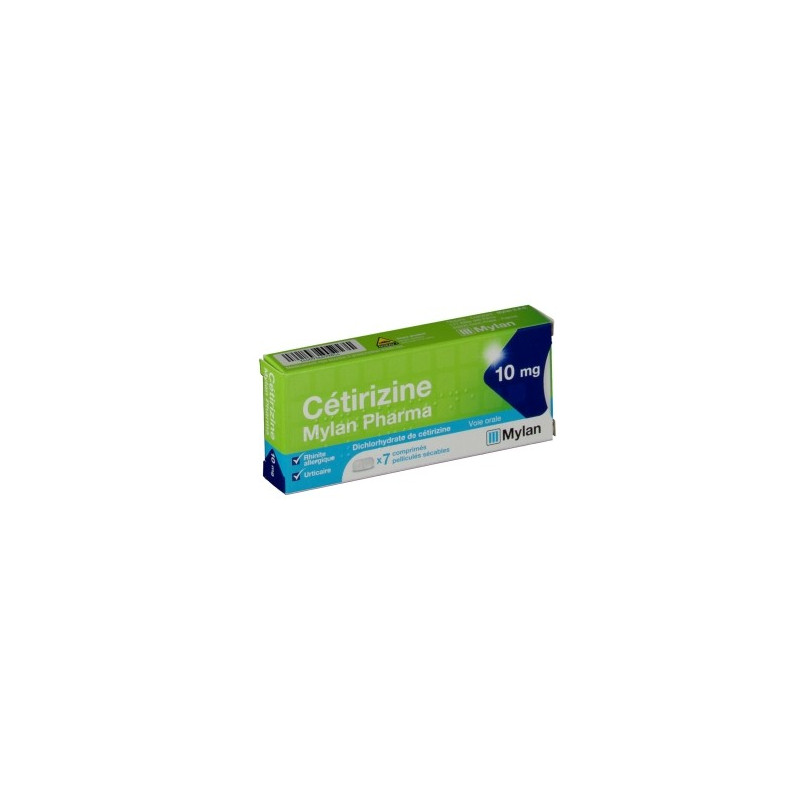
 Français
Français English
English
